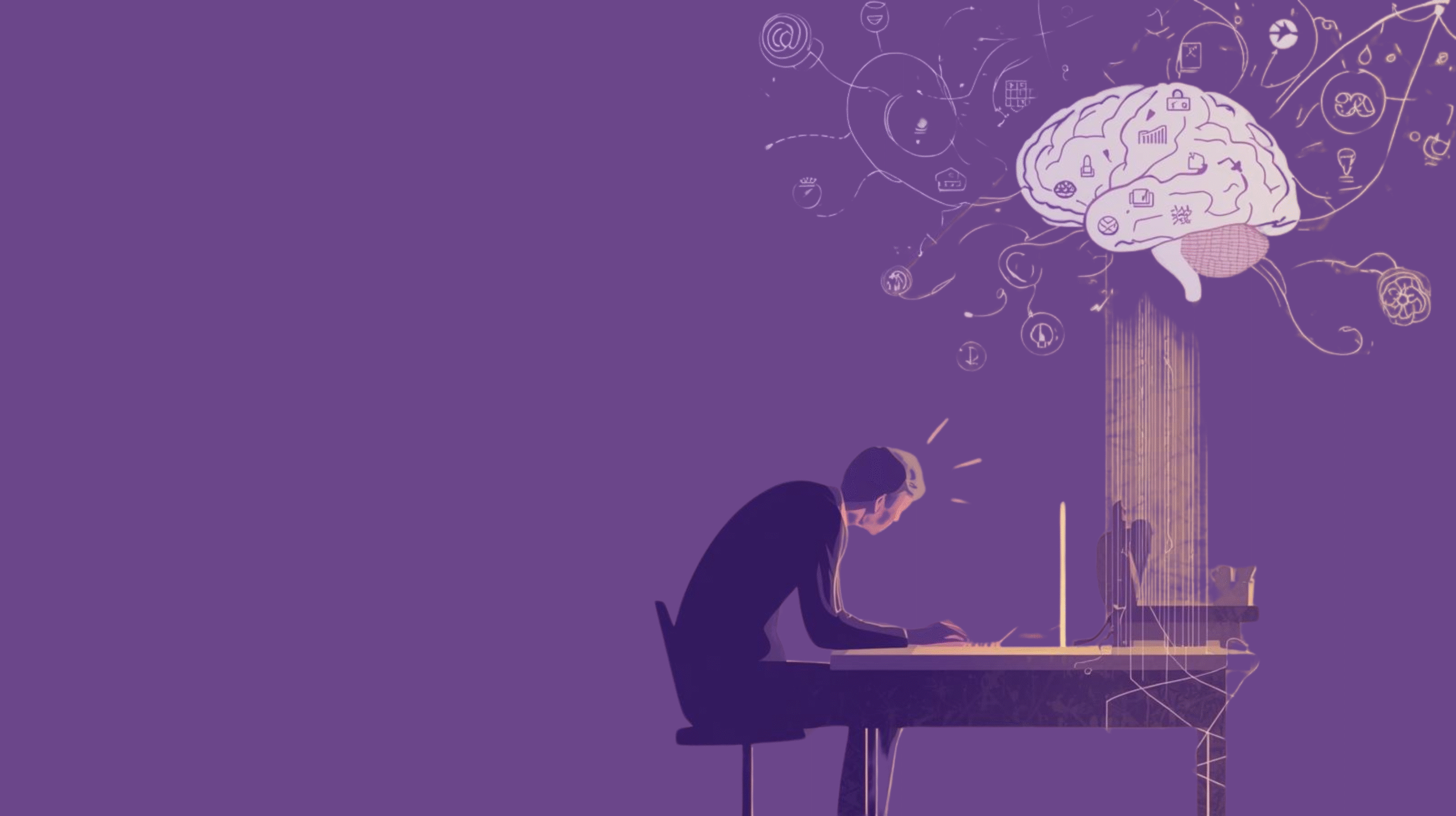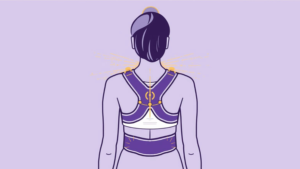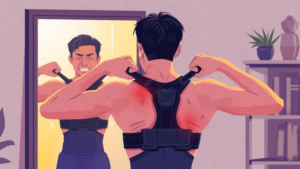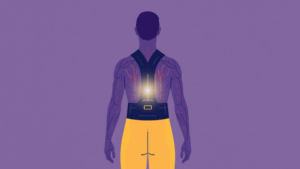In 2012, a London pain clinic noticed a puzzling trend. Patients coming in with chronic lower back pain weren’t just struggling physically they were also reporting unusually high rates of depression and anxiety. Some even described feeling hopeless or withdrawn. At first, doctors assumed the mental health symptoms were separate. But brain imaging told another story: the circuits for chronic pain and mood overlap almost perfectly.
The conclusion was clear back pain isn’t just physical. It’s psychological too.
The Biology of Pain and Mood
Your spine isn’t just a column of bones it’s a communication highway to the brain. And when pain lingers, it rewires the nervous system.
- Shared Brain Pathways: Chronic pain activates the limbic system the emotional center of the brain. The same circuits that light up during sadness or worry glow during pain.
- Cortisol Overload: Persistent pain raises stress hormones, leaving the body in fight-or-flight mode. Over time, this erodes emotional resilience.
- Movement Shrinkage: Pain discourages activity. Less movement means fewer endorphins the body’s natural antidepressants.
The result is a feedback loop: pain worsens mood, and low mood intensifies pain.
The Hidden Everyday Triggers
What begins as a physical ache quickly spirals when everyday stressors pile on:
- Hours of desk work in poor posture.
- Carrying unresolved emotional stress in the shoulders or back.
- Insomnia caused by pain, which then worsens mood.
Each factor compounds the next, turning a simple physical discomfort into a complex web of body and mind.
Clues You’re in the Pain-Mood Cycle
Your body often whispers before it shouts:
- Mood dips after long episodes of pain.
- Sleep disturbed by both physical discomfort and racing thoughts.
- Irritability or withdrawal from social events due to pain.
- Pain flares during high-stress weeks.
These aren’t random; they’re signals of an interconnected system under strain.
A Two-Minute Reset
Breaking the pain-mood cycle requires addressing both body and mind at once:
- Mindful Movement: Gentle yoga or walking restores blood flow and releases endorphins.
- Pain Journaling: Write down what you feel. Separating physical sensation from emotional response reduces the mental load.
- Breath-Posture Reset: Sit tall, deep breaths, shoulders open—remind your nervous system that it’s safe.
The Bigger Lesson
Pain doesn’t live only in muscles or joints. It lives in your brain, your mood, your daily choices. Treating it as “just physical” is like treating a storm by fixing only the roof.
So here’s the question worth sharing: If your back pain is shaping your emotional world, what would change if you treated both together?
Co- authored by: Shayamal Vallabhjee
Chief Science Officer: betterhood
Shayamal is a Human Performance Designer who works at the intersection of psychology, physiology, and human systems design, for the last 25 years he is helping high-performing leaders, teams, and athletes thrive in environments of stress, complexity, and change. His work spans across elite sports, corporate leadership, and chronic health—and is grounded in the belief that true performance isn’t about pushing harder, but designing better.























